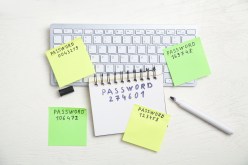Everything You Need to Know About Registering a New Gmail Account

Gmail is one of the most popular email services in the world, and it’s easy to see why. With its user-friendly interface, powerful search capabilities, and reliable security features, it’s no wonder that millions of people use Gmail every day. But if you’re new to Gmail, you may be wondering how to get started. Here’s everything you need to know about registering a new Gmail account.
Creating an Account
Creating a new Gmail account is simple and straightforward. All you need is an existing email address and a few minutes of your time. To get started, go to the Google Accounts page and click on the “Create Account” button. You’ll then be asked for some basic information, such as your name and date of birth. Once you’ve filled out all the required fields, click “Next” to continue.
Verifying Your Account
Once you’ve created your account, you’ll need to verify it before you can start using it. This is done by clicking on the link sent to your existing email address or by entering a verification code sent via text message or voice call. Once your account has been verified, you can start using Gmail right away.
Using Your New Account
Now that your account is set up and verified, it’s time to start using it. To do this, simply log in with your username and password and start exploring all that Gmail has to offer. You can customize your inbox with labels and filters, create folders for organizing emails, and even set up automatic replies so that people know when they can expect a response from you. With all these features at your fingertips, managing your emails will be easier than ever.
Gmail is an incredibly powerful tool for managing emails and staying connected with friends and family around the world. By following these steps, you’ll be able to quickly create a new account so that you can start taking advantage of all its features right away.
This text was generated using a large language model, and select text has been reviewed and moderated for purposes such as readability.





